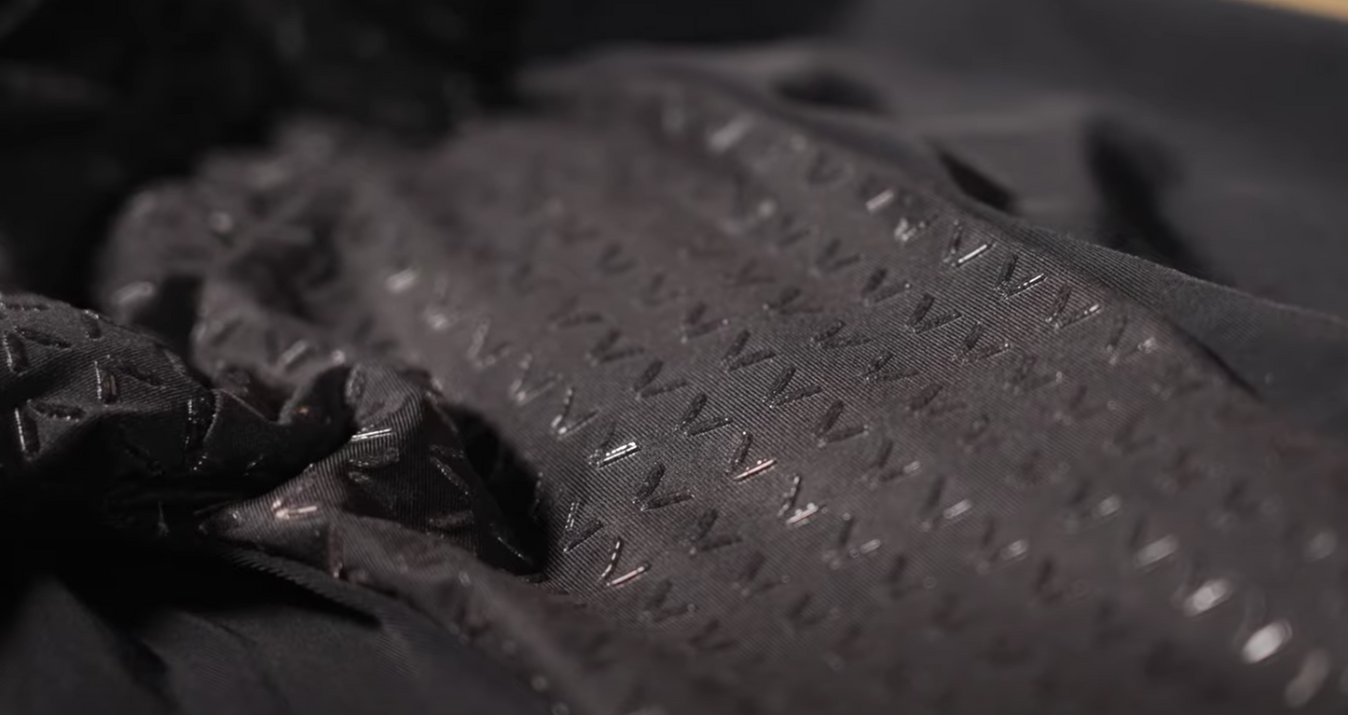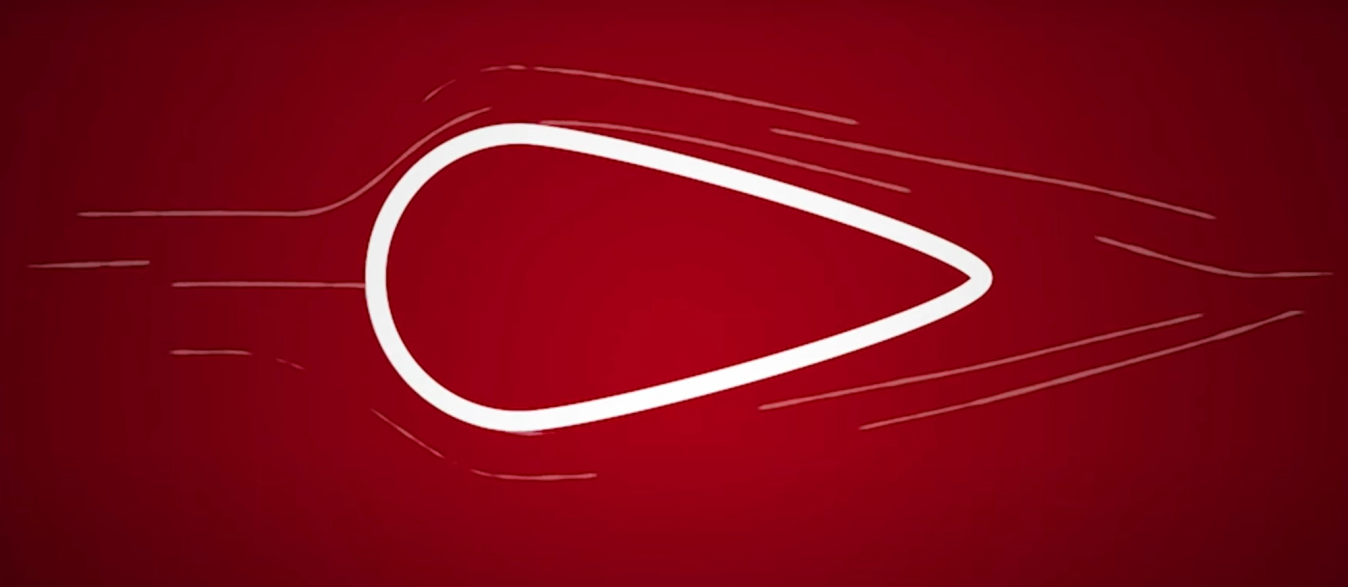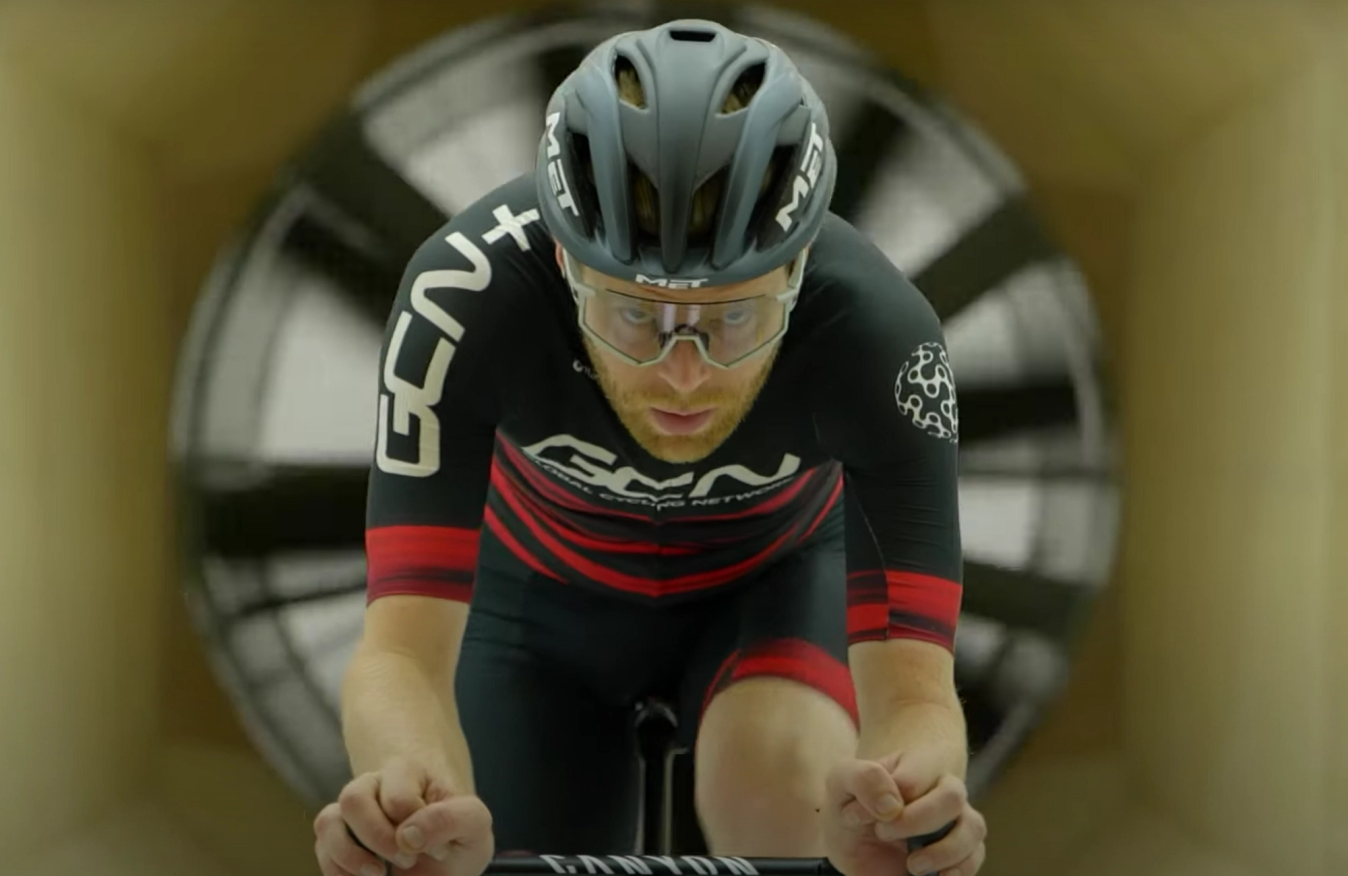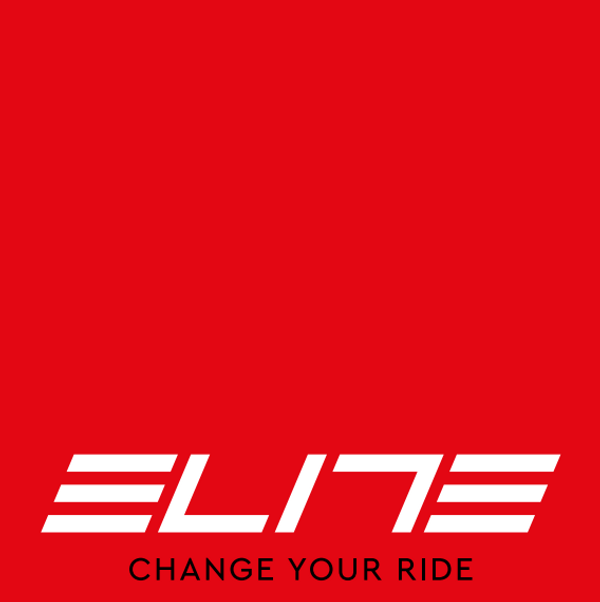Cycling aerodynamics: The benefits of body fairings and aero base layers
Ollie Bridgewood heads to the wind tunnel to find out how much of an aerodynamic advantage body fairings and base layers provide
Tom Hallam-Gravells
Online Production Editor
From angled shifters to head socks in time trial helmets, riders go to extreme lengths for an aerodynamic advantage.
These aerodynamic measures have become more extreme and in 2023 we’ve seen a new trend, with more and more riders wearing strange textured base layers or aero bras underneath their clothing. Some riders have even been wearing aero fairings on their chests and other parts of their body.
To an outsider, it all looks rather bizarre, but there is a method to the madness. These additional measures help to disrupt airflow and reduce drag, resulting in more speed.
But how much difference do they make? Ollie Bridgewood decided to find out, so he headed to a wind tunnel with Steve of Bike Tailor, and there were some interesting results.
Read more: Cycling aerodynamics - are aero fairings a waste of time?
What are aero base layers and aero bras?
Several different brands make aerodynamic base layers and aero bras now, and there’s some really cool science behind them.
Engineers know that they can improve the aerodynamics of an object by texturing the surface. Aerodynamically speaking, cylinders are bad shapes for aerodynamics as they create a lot of drag. There’s bad news for cyclists here as our arms are essentially cylinders.
As an object moves through the air, it creates a wake behind it. This is an area of low pressure, compared to the air that is hitting the object which is a relatively high pressure. This area of low pressure in the wake essentially sucks an object backwards, creating drag.
If you can reduce the size of the wake, you can reduce the drag and therefore make it more aerodynamic and faster.

© GCN
Many brands use textured surfaces to make clothing more aerodynamic
Texturing the surface of an object trips the boundary layer of aeroflow from a smooth laminar into a turbulent one. This is advantageous as it allows the boundary layer of airflow to stick to an object for longer - in this case the arms. As it stays attached for longer, the size of the wake behind the object remains smaller, therefore reducing the drag.
That led clothing brands to introduce more aero designs with new textures like chevrons or dots on their clothing to disrupt the airflow. The UCI wasn’t a fan of these designs, however, subsequently banning them.
Read more: The UCI bans more tech
Which neatly leads us onto aero base layers. They’re basically a loophole in the UCI’s rules which dictates that you can’t have anything printed on your jersey or skinsuit - that doesn’t include what’s worn underneath them.
So, brands started applying the technology to under layers. These then press through the jersey or skinsuit, enough to create an aerodynamic advantage.
What are aero body fairings?
While aero base layers have escaped the UCI’s wrath, aero body fairings haven’t. Fränk Schleck famously used a belly fairing in 2011, which led to the UCI banning it.
Cycling’s governing body only has jurisdiction over UCI events, though, so there’s nothing stopping amateur riders from using them - and many now do.

© GCN
Body fairings can be used to disrupt air flow
Some pro riders have found loopholes too, including Remco Evenepoel who stuffed his race radio down the front of his jersey and shaped it using some padding for the World Championships individual time trial. He went on to win that race, although he was already quite good at time trialling before discovering the neat loophole.
But why are riders going to these measures? Body fairings are essentially used to change the shape of the body, for example by stuffing something down the front or back of a jersey. It looks silly but it has similar benefits to an aero base layer, once again altering the cylinder shapes of the body into more of an aerofoil shape. Aerofoil shapes have significantly less drag than cylinders, and that’s why lots of brands use the shape for tubing on their bikes.

© GCN
An aerofoil shape is very aerodynamic
So, we know both body fairings and texturised underlayers have aerodynamic benefits, but how much difference do they make?
Wind tunnel results

© GCN
Ollie put aero fairings and base layers to the test in a wind tunnel
We tested the aero bra at different speeds and yaws against a base line of no aero bra.
At 45 kph, Ollie was 4.5% more aerodynamic with the base layer. At 50 kph it went down to 1%. That decrease in advantage at higher speeds may be surprising, but it’s a trend that crops up quite a lot in the world of cycling aerodynamics.
And the advantages lead to significant gains out on the road. Over a 10-mile time trial, an aero base layer would save Ollie 17 seconds.
It’s a similar story for the body fairing. Ollie tested both a cylindrical Elite bidon and a Camelbak hydration bottle, stuffing both down the front of his jersey. The bidon only offered a marginal gain of 1%, but the Camelbak saved 3%.
In the real world, the Camelbak would save 9 to 10 seconds over a 10-mile time trial. Aerodynamics is rarely a simple topic, and these results would vary per rider. Riders like Remco Evenepoel who are already incredibly aerodynamic would likely get less of an advantage from using them.
Ollie didn’t test other fairings, such as on the legs or back, but it’s highly likely that these would lead to big aerodynamic gains too.
So, if you’re looking for a little extra speed out on the road or want to chip some seconds of your best time on your local time trial course, try sticking a bottle down the front of your jersey.
For more tech news, features and pro bikes, head over to the Tech section on the GCN website, linked here.
Latest Videos
1I Built A £17,000 Bike. WAS It REALLY Worth It?

2Pro On A £100 Bike VS Killer Climb!

3Why VO2 Max Is The GREATEST Predictor Of Lifespan | Dan's Journey Back to Health and Fitness (Pt. 2)

4The Hottest Bikes & Pro Tech Of The Giro d'Italia 2024

5Your Bike WILL Get Stolen, Unless You Do This! GCN Tech Show 331




.jpg?w=600&auto=format)



.png?w=600&auto=format)